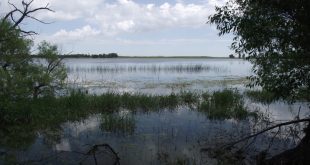Spring, open-water fishing is upon us in Nebraska and anglers are organizing their tackle boxes.
Chances are they have an assortment of different colored artificial fishing lures in the trays of that tackle box; probably more than they’ll ever use. But if you want to get a good discussion going about fishing lures, start one on colors. WOW! Anyone who fishes has an opinion about the color of the lures they cast for success.
So, what about fishing lure colors? Do they really matter?
For answers from a scientific perspective, I turned to my friend, Daryl Bauer, longtime Fisheries Biologist and Fisheries Outreach Program Manager for the Nebraska Game and Parks Commission based in Lincoln.
“What I will tell you, Greg, is that we know that fish can see colors, that is a scientific fact. It’s not rocket science, it’s fisheries science. We even know that different species of fish have different sensitivities to different colors,” responded Bauer.
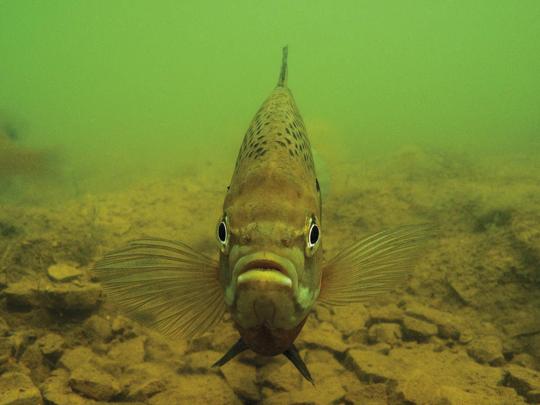
He added: “I always say the best colors for any fishing situation depend on an infinite number of variables including water clarity, water color, amount of sunlight, depth, habitat, prey, and never forget, personal preference. Yellow-orange and green can be great colors for catching walleyes, but in some situations, pinks, whites, metallics, or purple with pink polka dots, my personal favorite, may be the best.”
Bauer said when he is conducting seminars on walleye fishing, he often points out that walleyes are particularly sensitive to the colors of green and yellow-orange. “I find that incredibly interesting because the classic predator/prey relationship for walleyes would be walleyes and yellow perch. Guess what colors yellow perch are? Yep, yellow-orange and green.”

Bauer also believes that the color of baits and lures often makes more difference to an angler than it does to the fish. That is why every single lure or bait in the fishing aisles of sporting goods stores come in every shade of color imaginable. Anglers with their credit/debit cards are not going to buy just one, but several different colors – “cha-ching.”
It has often been noted that flashy lures and color schemes catch anglers, not necessarily fish!

Far more important than colors of lures or baits, is the confidence an angler has presenting them to the fish. Confident anglers always catch more fish, and catching fish makes anglers more confident!
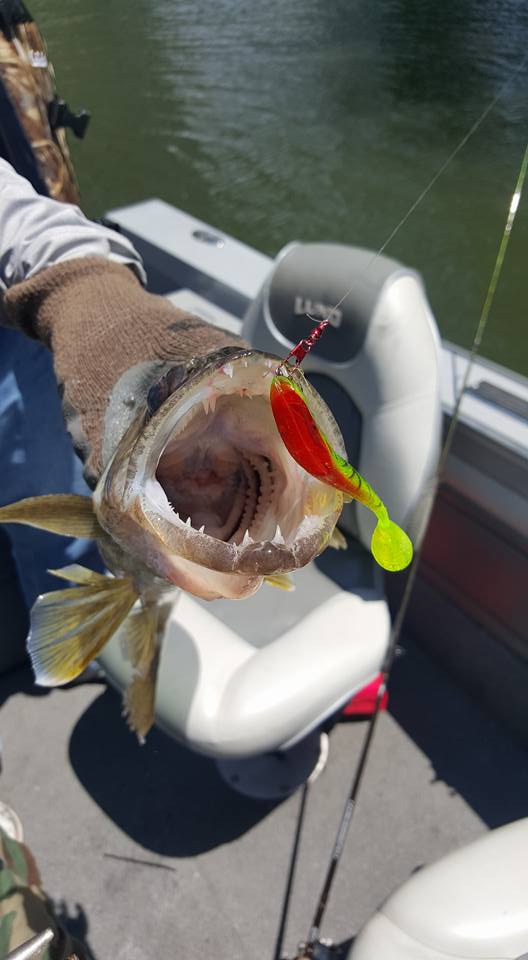
Do you have your favorite fishing lure colors? Bauer has his and he always starts with knowledge or at least a hunch of what prey he thinks his targeted predatory game fish might be eating. “I will imitate the natural prey in size, shape, color, and most importantly – behavior. I favor more natural colors in clearer water, and brighter, gaudier colors and contrasting colors in dirtier water.
Many pro anglers recommend limiting lure choices to a few basic color patterns and then learn to use them the right way in the right place at the right time.
How about a little limnology lesson when it comes to lure colors. Limnology is the study of inland, fresh waters and their aquatic ecosystems. An angler needs to realize that colors below the surface of the water are not what they appear to be above the surface of the water.
Water soaks up light but it also obstructs different wavelengths of light and can make colors disappear. Studies show as “white” sunlight travels through the water column colors dissipate. Red lures seemed to vanish first, followed by orange, yellow, green, blue and lastly black. The takeaway for anglers: Work “shiny” silver and gold lures on sunny days to reflect light and make the fishing lure more visible to fish. Toss fluorescent lures on cloudy days to take advantage of the increased UV light waves.
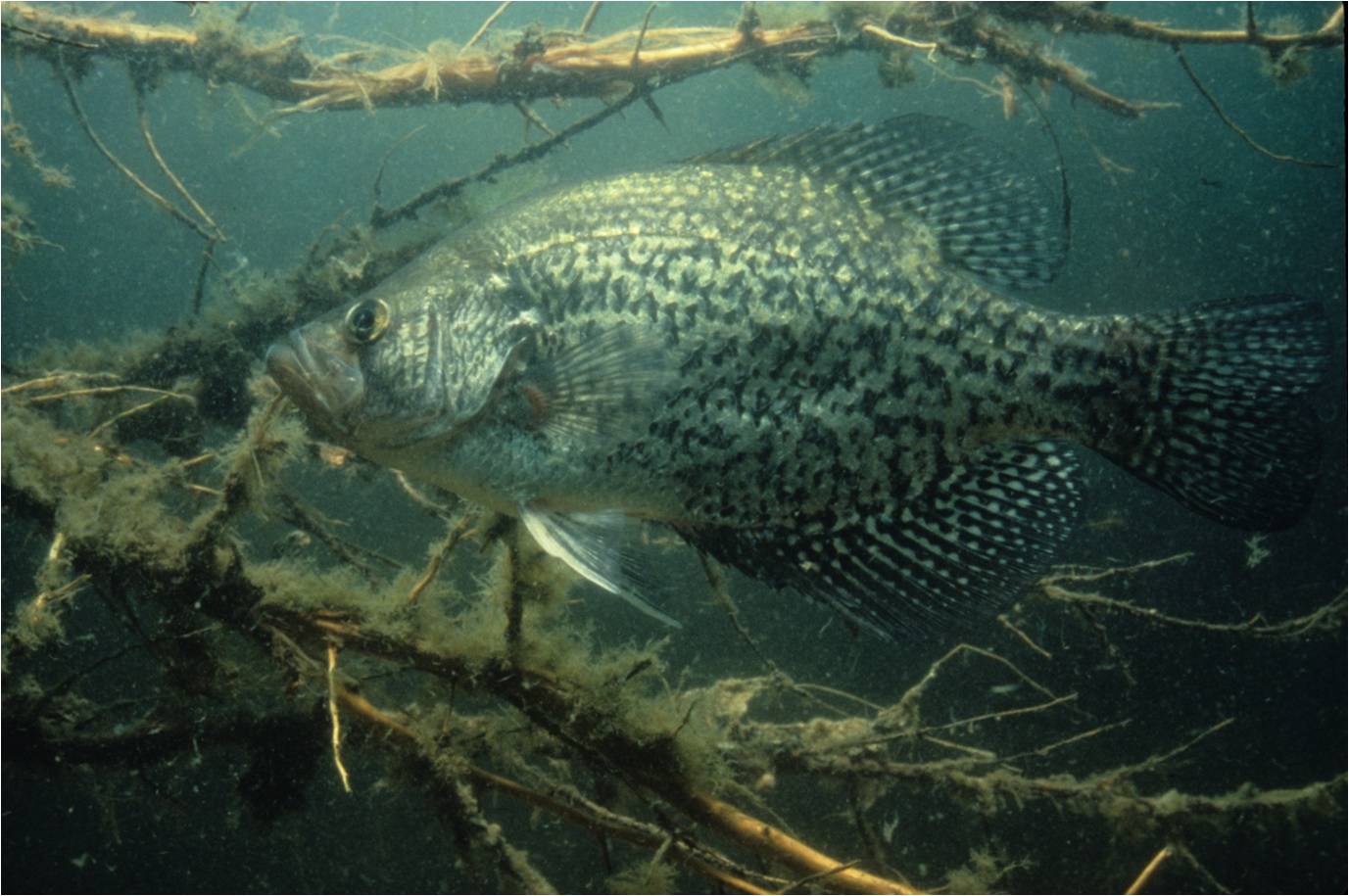
What does a natural resource professional in the Land of 10,000 Lakes think about the colors of lures to catch fish?
In an article about lure colors, Michelle Kelly, Education Specialist with the Minnesota Department of Natural Resources Fish and Wildlife Outreach Section, wrote this: “Most species of fish have excellent vision and can perceive color, although, as it turns out, (unlike me) fish don’t have predisposed attractions to particular colors. In fact, it doesn’t matter what color you throw into relatively deep water because “all colors” will soon begin to basically look the same. However, shade variations, or contrast is critical – contrast between the background and the lure under various water and light conditions.
Although pink may indeed be a good color choice under certain conditions, it turns out the reality is often that the size, shape, action or noise made by the lure will play a much more important role in eliciting a strike. Choose a lure based on the size of local baitfish, the water quality, season, time of day, and the depth at which your intended quarry is to be found and the action most likely to produce results. Then think about color, without getting too caught up in it.”
Just think, what did we ever do before watermelon red and green pumpkin came on the market? I’m certain we still caught fish. GW.
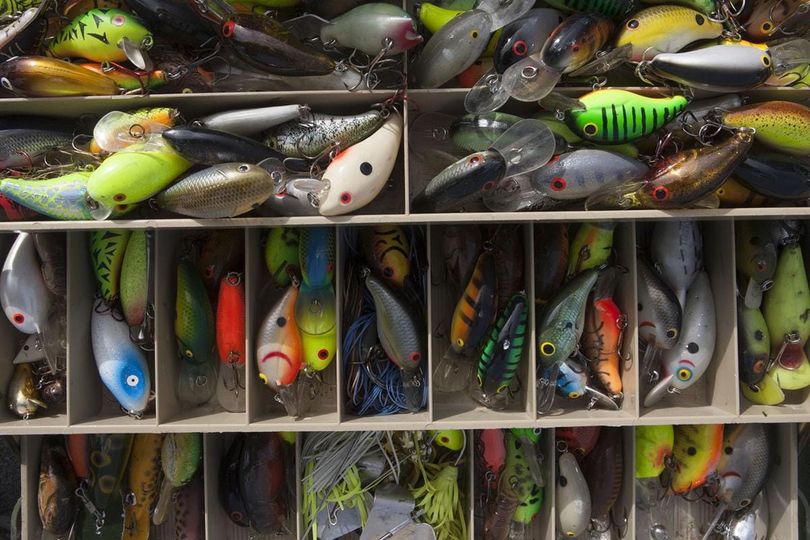
 Nebraskaland Magazine
Nebraskaland Magazine


